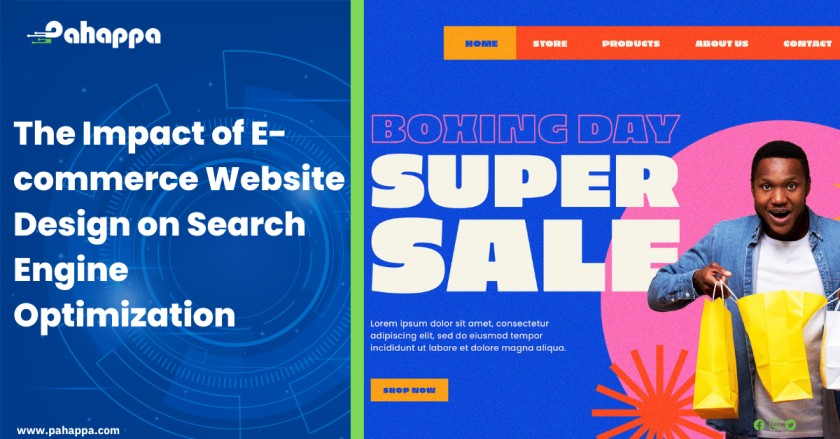The design of an e-commerce website can have a significant impact on its search engine optimization (SEO). In the competitive world of e-commerce, businesses need to ensure that their website design not only looks appealing but is also optimized for search engines. From website structure and navigation to mobile responsiveness and content optimization, there are several factors that e-commerce website designers need to consider to improve their website’s search engine ranking. In this article, we will explore the impact of e-commerce website design on search engine optimization and provide insights on how to improve SEO through effective website design.
What is Search Engine Optimization in E-commerce Website Design?
Search Engine Optimization (SEO) is the practice of optimizing a website or webpage in order to increase its visibility and ranking in search engine results pages (SERPs). E-commerce website design refers to the design and development of websites that are specifically focused on selling products or services online.
SEO is an essential aspect of e-commerce website design because it helps to increase the visibility of a website in search engine results pages, which can ultimately lead to increased traffic and sales
Ways in which E-commerce Website Design can impact Search Engine Optimization
Website structure and navigation
A well-structured e-commerce website with clear navigation can help search engines crawl and index the site’s pages more efficiently. This means that search engines can understand the hierarchy and organization of the site’s content, which can improve the site’s ranking in search engine results pages. In addition, a well-organized and easy-to-navigate site can also improve the user experience, which can lead to higher engagement and lower bounce rates.
Mobile responsiveness
With more and more people using mobile devices to browse the internet, search engines prioritize mobile-friendly websites. A mobile-responsive design ensures that the site’s pages are optimized for mobile devices, with responsive layouts and appropriately sized images. This can improve the user experience and ultimately lead to higher engagement and lower bounce rates, which can improve the site’s search engine ranking.
Site speed
Site speed is a critical factor in both user experience and search engine optimization. A slow-loading site can negatively impact the user experience, leading to higher bounce rates and lower engagement. Search engines also consider site speed in their ranking algorithms, so a fast-loading site can improve its search engine ranking. To improve site speed, e-commerce websites can optimize images, reduce the number of plugins and scripts used on the site, and use a content delivery network (CDN).
Content optimization
The content on an e-commerce website can be optimized for search engines by using headers, Meta descriptions, and other on-page elements. Headers (H1, H2, H3, H4, H5, H6 ) help search engines understand the structure of the content on a page, while Meta descriptions provide a brief summary of the page’s content. Using relevant keywords in these on-page elements can help improve the site’s search engine ranking.
URL structure
A clear and concise URL structure can make it easier for search engines to crawl and index the site’s pages. The URL should be descriptive and include relevant keywords. E-commerce websites should also avoid using dynamic URLs, as they can be difficult for search engines to crawl and index.
Schema markup
Schema markup is a type of structured data that helps search engines better understand the content on a page. Incorporating schema markup into an e-commerce website’s design can improve its search engine visibility. For example, using product schema markup can help search engines understand the product information on a product page, which can improve the site’s ranking in search engine results pages.
Internal linking
Internal linking refers to linking between pages within a website. Proper internal linking can help search engines understand the structure of the site and the hierarchy of content. This can improve the site’s search engine ranking by distributing link equity throughout the site.
Image optimization
E-commerce websites often have a lot of images, and optimizing these images can improve the site’s search engine ranking. This includes using descriptive file names, optimizing alt tags, and compressing images to reduce file size.
Social media integration
Social media can be a valuable source of traffic for e-commerce websites. Integrating social media into the site’s design can help drive traffic from social media channels, which can improve the site’s search engine ranking. This can include adding social media sharing buttons to product pages, incorporating social media feeds into the site’s design, and optimizing social media profiles to improve search engine visibility.
As e-commerce continues to grow, it’s more important than ever for businesses to prioritize effective website design that improves their search engine optimization. A well-designed e-commerce website that considers SEO best practices can lead to higher search engine rankings, more traffic, and increased revenue. Contact us today for professional e-commerce website development services!











